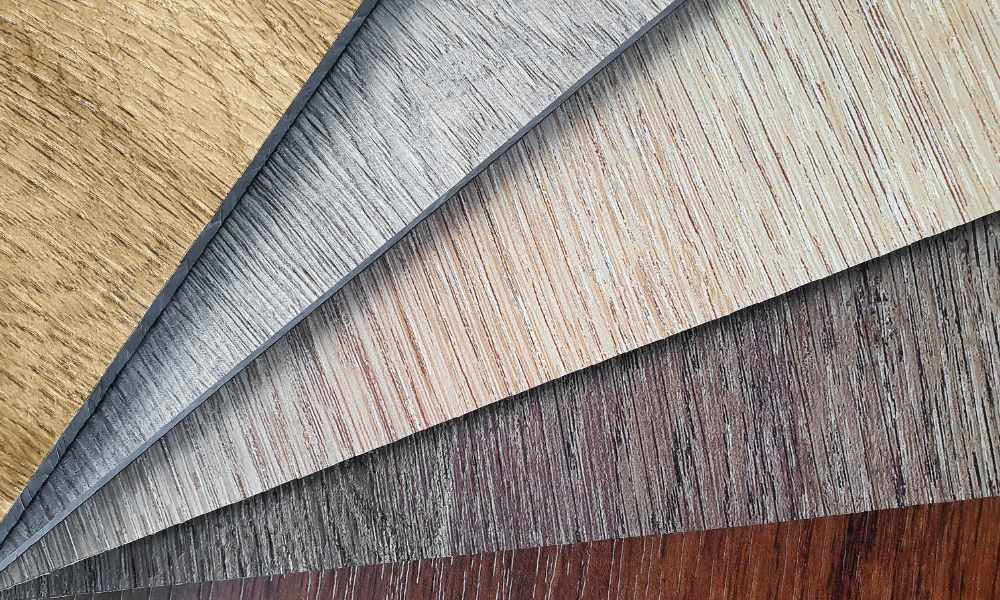In the realm of interior design and construction, one often overlooked yet crucial element is the floor sheet. As a foundational component of any space, floor sheets play a significant role in determining the durability, aesthetics, and functionality of a floor. In this comprehensive guide, we will delve into the various aspects of floor sheets, exploring their types, materials, installation methods, and maintenance practices.
Types of Floor Sheets
Floating Floor Sheets
One popular category of floor sheets is the floating floor, known for its easy installation and versatility. These sheets are not directly attached to the subfloor, allowing them to “float” above it. Floating floor sheets often feature interlocking mechanisms, making them a favorite for DIY enthusiasts. Laminate and engineered wood are common materials used in floating floor sheets.
Vinyl Floor Sheets
Vinyl floor sheets have gained immense popularity due to their water-resistant properties and diverse design options. These sheets come in various styles, including vinyl plank and vinyl tile, mimicking the appearance of wood, stone, or tile. Vinyl floor sheets are known for their resilience in high-moisture areas, making them suitable for kitchens, bathrooms, and basements.
Linoleum Floor Sheets
For eco-conscious consumers, linoleum floor sheets are an excellent choice. Made from natural materials such as linseed oil, cork dust, and wood flour, linoleum is a sustainable and biodegradable flooring option. Linoleum floor sheets are available in a range of colors and patterns, providing both aesthetic appeal and environmental responsibility.
Materials Used in Floor Sheets
Hardwood
Hardwood floor sheets exude timeless elegance and bring warmth to any space. Oak, maple, and walnut are popular hardwood choices due to their durability and aesthetic qualities. While hardwood floor sheets may require more maintenance than other materials, their longevity and classic appeal make them a worthwhile investment.
Laminate
Laminate floor sheets consist of a high-density fiberboard core with a photographic layer on top, replicating the appearance of hardwood or tile. The outer layer is covered with a clear protective coating, making laminate sheets resistant to scratches and stains. This cost-effective option provides a wide array of design choices while offering easy maintenance.
Ceramic Tile
Ceramic tile floor sheets are renowned for their durability and moisture resistance. Available in various shapes, sizes, and designs, ceramic tiles can be customized to suit any aesthetic preference. These tiles are an ideal choice for areas with high foot traffic and exposure to water, such as kitchens and bathrooms.
Installation Methods
Glue-Down Installation
In a glue-down installation, adhesive is applied directly to the subfloor, securing the floor sheets in place. This method ensures a stable and permanent bond between the floor sheets and the subfloor. Glue-down installation is commonly used for materials like vinyl, linoleum, and some hardwood floor sheets.
Click and Lock Installation
Click and lock installation, also known as “floating” installation, is prevalent in floating floor sheets. The edges of the sheets feature interlocking mechanisms that click into place, creating a seamless and stable floor surface. This method is user-friendly and is often chosen for its simplicity, especially in DIY projects.
Nail-Down Installation
Typically used for solid hardwood floor sheets, nail-down installation involves securing the sheets to the subfloor with nails. This traditional method provides a strong and secure foundation, ensuring minimal movement over time. While it may require professional installation, the result is a classic and robust floor.
Maintaining Floor Sheets
Regular Cleaning
Maintaining the cleanliness of floor sheets is essential for their longevity. Regular sweeping or vacuuming helps remove dirt and debris that can cause scratches. For materials like vinyl and laminate, damp mopping with a mild cleaning solution is sufficient. Hardwood and linoleum may require specific cleaning products recommended by manufacturers.
Avoiding Moisture Damage
Moisture can be the enemy of many floor sheet materials. It’s crucial to clean up spills promptly and avoid excessive exposure to water, especially for hardwood and laminate floor sheets. Using area rugs in high-traffic areas and entryways can help protect the floor and prevent moisture damage.
Periodic Inspections
Periodic inspections of floor sheets can catch potential issues before they become major problems. Check for any signs of damage, such as cracks, warping, or loose tiles. Addressing these issues promptly can prevent further damage and extend the lifespan of the floor.
Conclusion
In conclusion, floor sheets are a vital element in the world of interior design and construction, offering a plethora of options to suit various needs and preferences. Whether it’s the timeless beauty of hardwood, the versatility of vinyl, or the sustainability of linoleum, each type of floor sheet brings its unique qualities to a space. By understanding the types, materials, installation methods, and maintenance practices associated with floor sheets, one can make informed decisions to create a durable, functional, and aesthetically pleasing floor for any environment.




